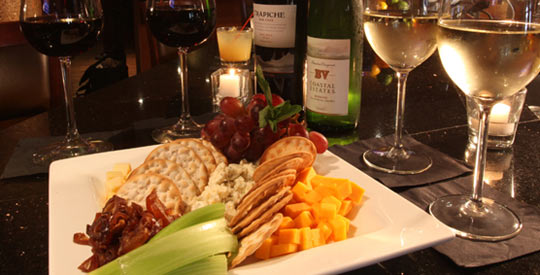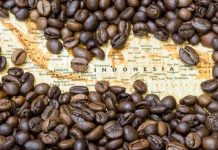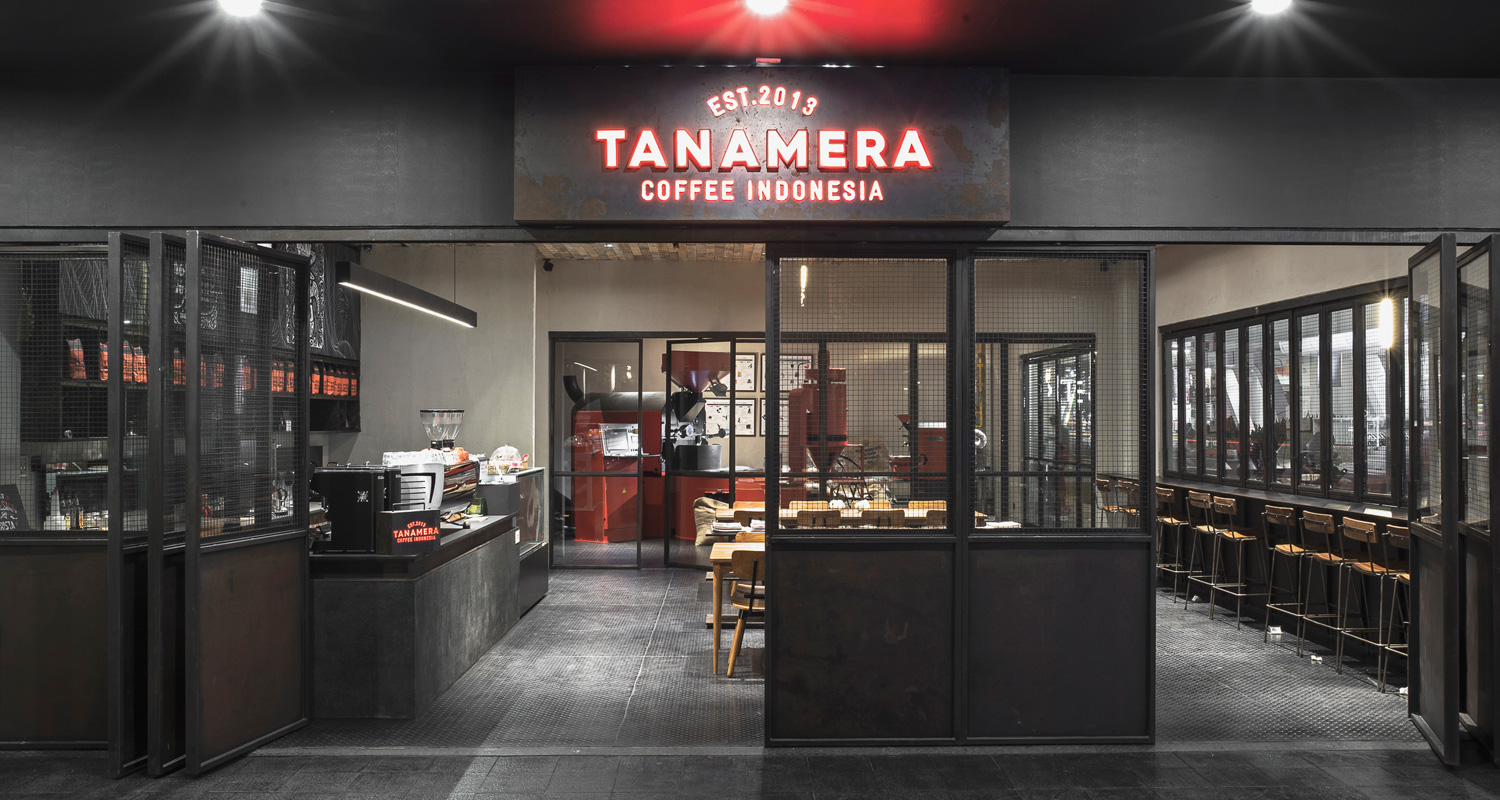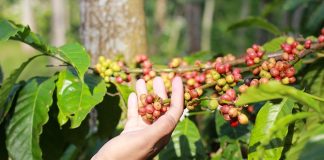Sherry
 This drink is made in many countries of the world, but true sherry is made in Jerez, Spain. Spanish sherry is made by a particular method which, like champagne, is often imitated but never duplicated. Wines destined to become sherry are stored in oak casks. As the wine ages, a white film of mould called flors forms on the surface of the wine. It alters the flavour and gives a distinctive taste.
This drink is made in many countries of the world, but true sherry is made in Jerez, Spain. Spanish sherry is made by a particular method which, like champagne, is often imitated but never duplicated. Wines destined to become sherry are stored in oak casks. As the wine ages, a white film of mould called flors forms on the surface of the wine. It alters the flavour and gives a distinctive taste.
After a year the wine is lightly is lightly fortified with Spanish brandy, the aged in oak barrels for several more years before being bottled.
The barrels are stored in tiers, grouped in a special way to form a solar. The solar system of ageing is important in making of a true sherry. Wine is drawn off from the lower tiers and the same shery from the upper tiers is added, making a continuous blend of old and new sherries. The name solera comes from the Spanish word for sun. Traditionally, the solera was out in the sunshine so the young sherry would evaporate and concentrate its flavours.
This method is now imitated by wine makers in others countries, including the United States. The Sebastian winery in California’s Sonoma Valley has its own Solera.
After the sherry is aged and Blended, it is ready for bottling. According to the level of sweetness required, special sweet wine is added Some Different wine is added. Some different sherries are:
Fino : Light and dry
Amontillado : Medium dry
Oloroso : Darker and heavier than Fino, medium-sweet.
Cream : Sweetened Oloroso. Also as a dessert wine
MADEIRA
Madeira is named after the island in the Atlantic where the fortified wine is still made. In the seafaring days of the British Empire, ship would stop at this Portuguese island to obtain barrels of wine for long voyages. The sailors would add brandy to the barrels so the wine would not spoil. During the journey. The wine heated up in the hold of the ship and prematurely aged. This improved the flavour.
The process was copied by the wine-makers of Moderira when they realised how it improved their wines. Today wine for Madeira is heated to about 120F (50C) for several months in an estufa or hot house. Brandy is added, then the Madeira is blended in the same way used for sherry. Some styles of Madeira are:
Sercial
: A light dry wine.
Verdelho : Medium dry golden wine
Bual : Medium-sweet wine
Malmsey : Very sweat and rich.
VERMOUTH
The origins of vermouth are in herbal medicine, where wine is blended with herbs and aromatic extracts. The name vermouth is derived from wermut , a German word for wormwood. Its bitter-tasting flowers are used in vermouth.
Vermouth is made by adding brandy to light wine, then flavouring it with a mixture of up 50 herbs. Each vermouth manufacturer has his own special recipe.
Not so long ago, a French vermouth was considered a dry white style and an Italian vermouth was a sweater red blend. These countries now make both styles, in addition to medium-sweet bianco and a rose vermouth. Other wine making nations also produce vermouth.





